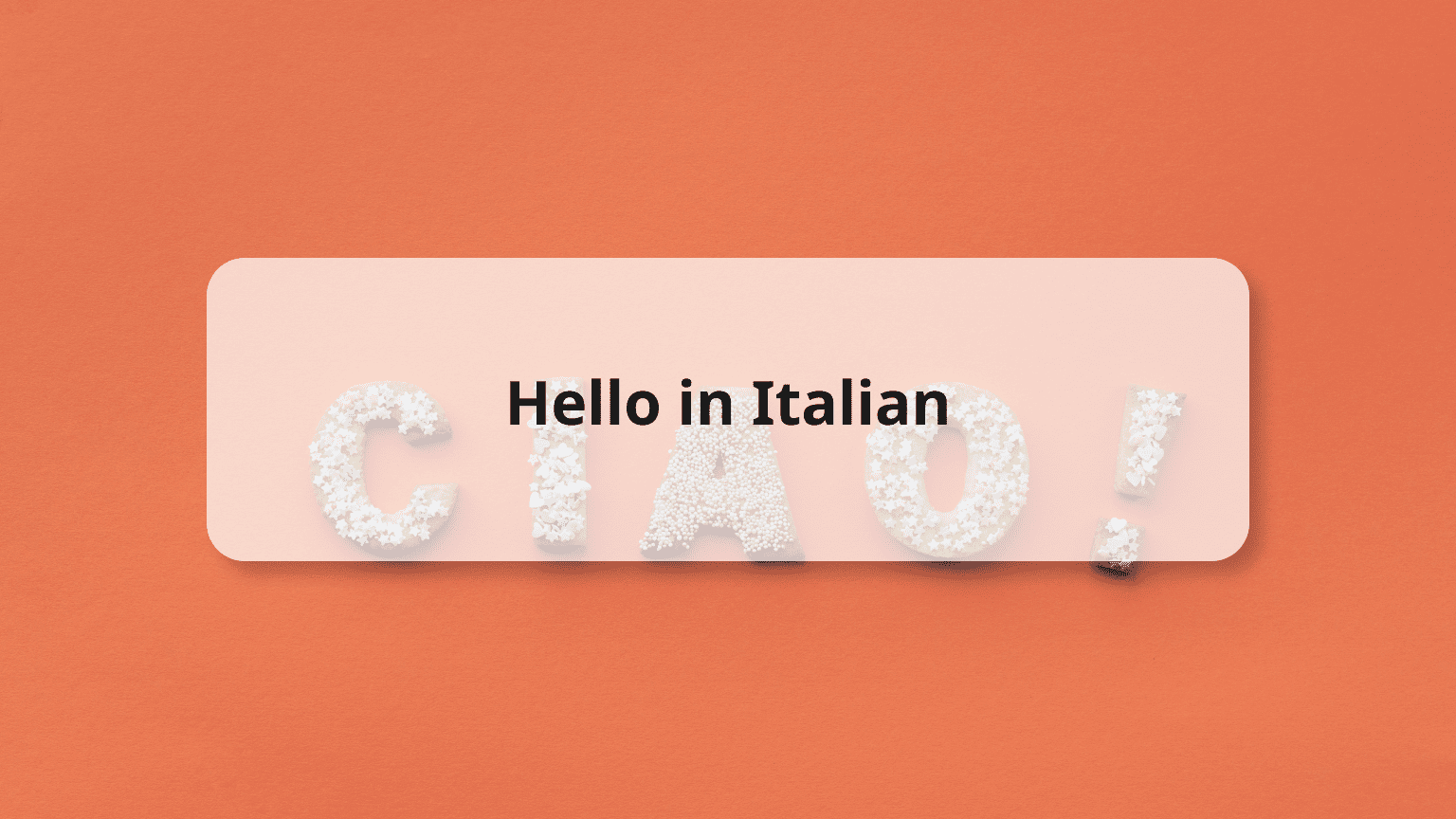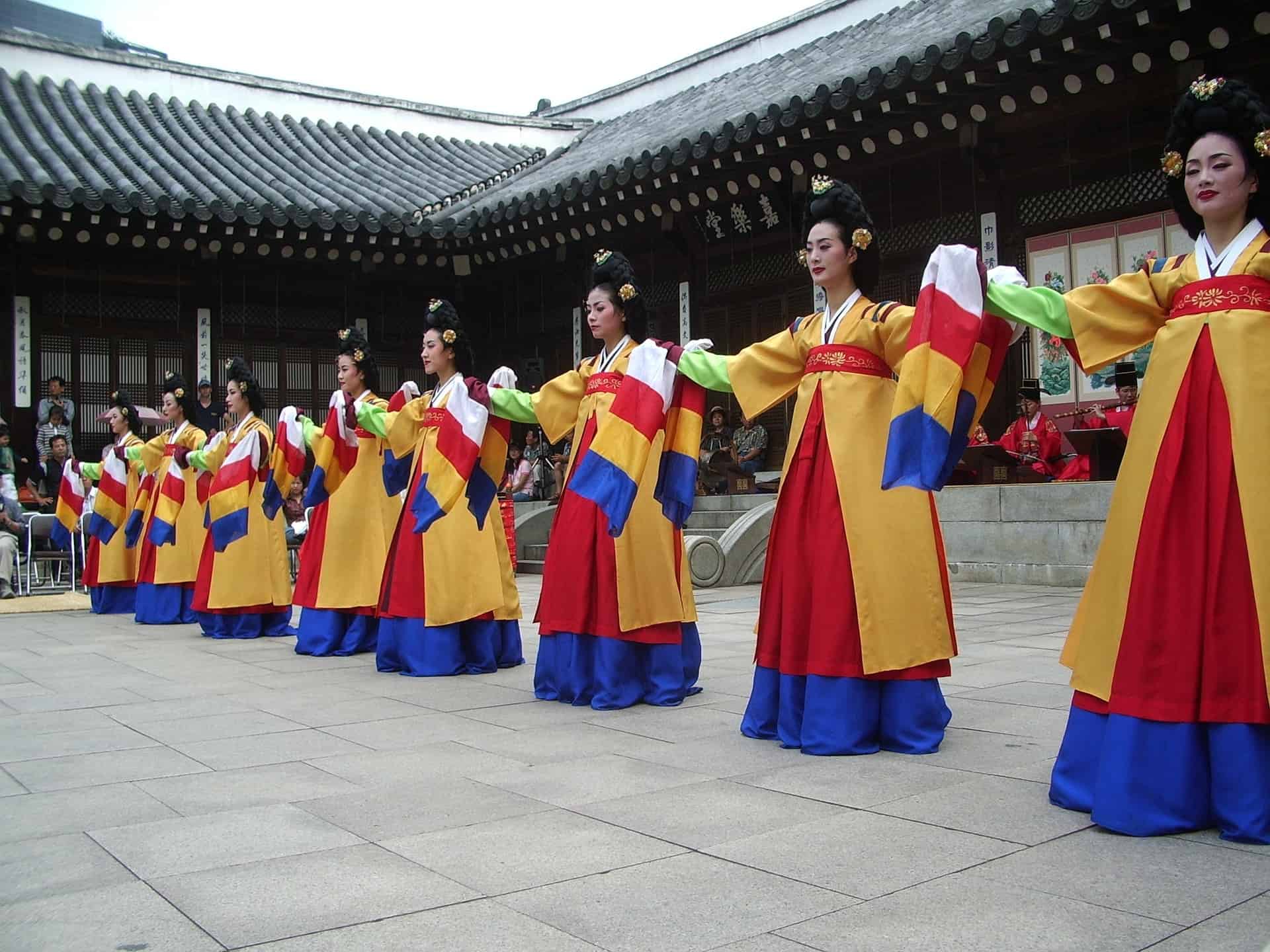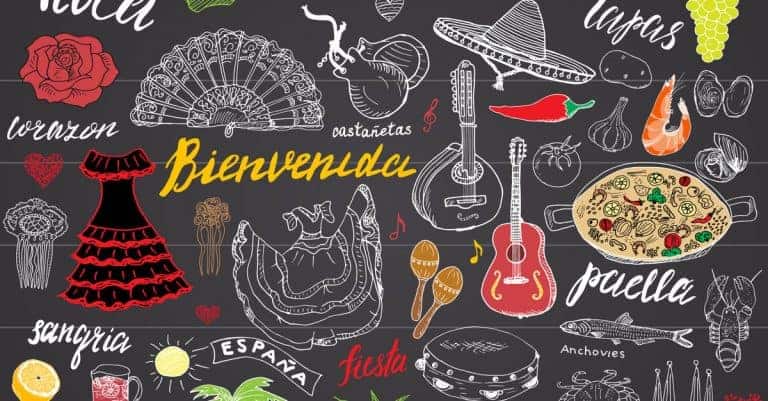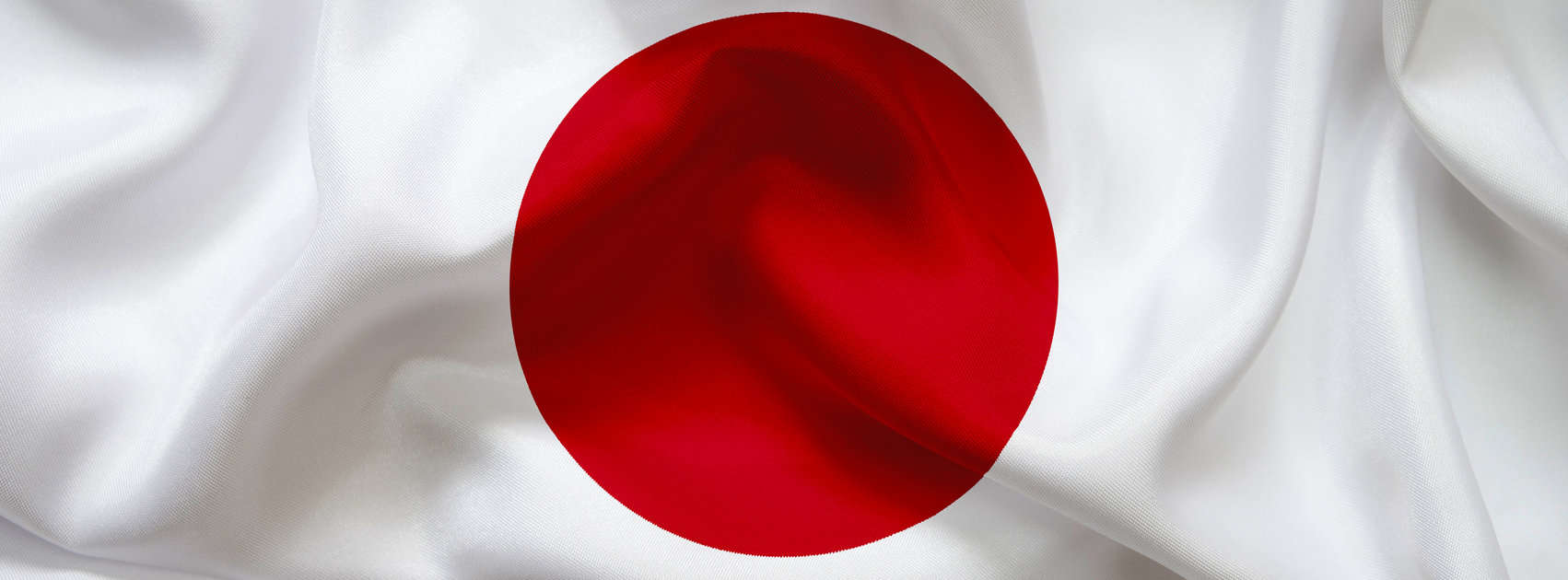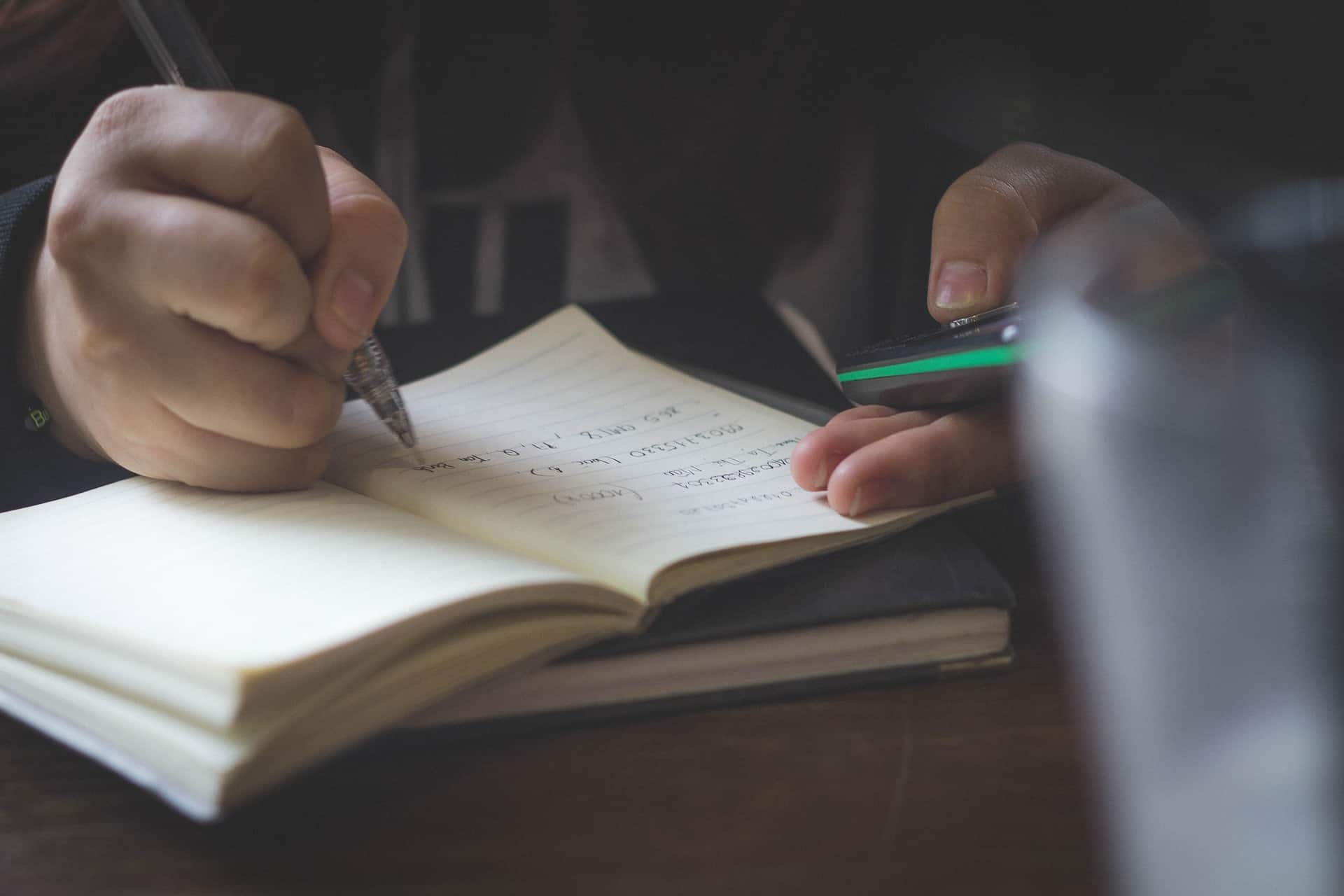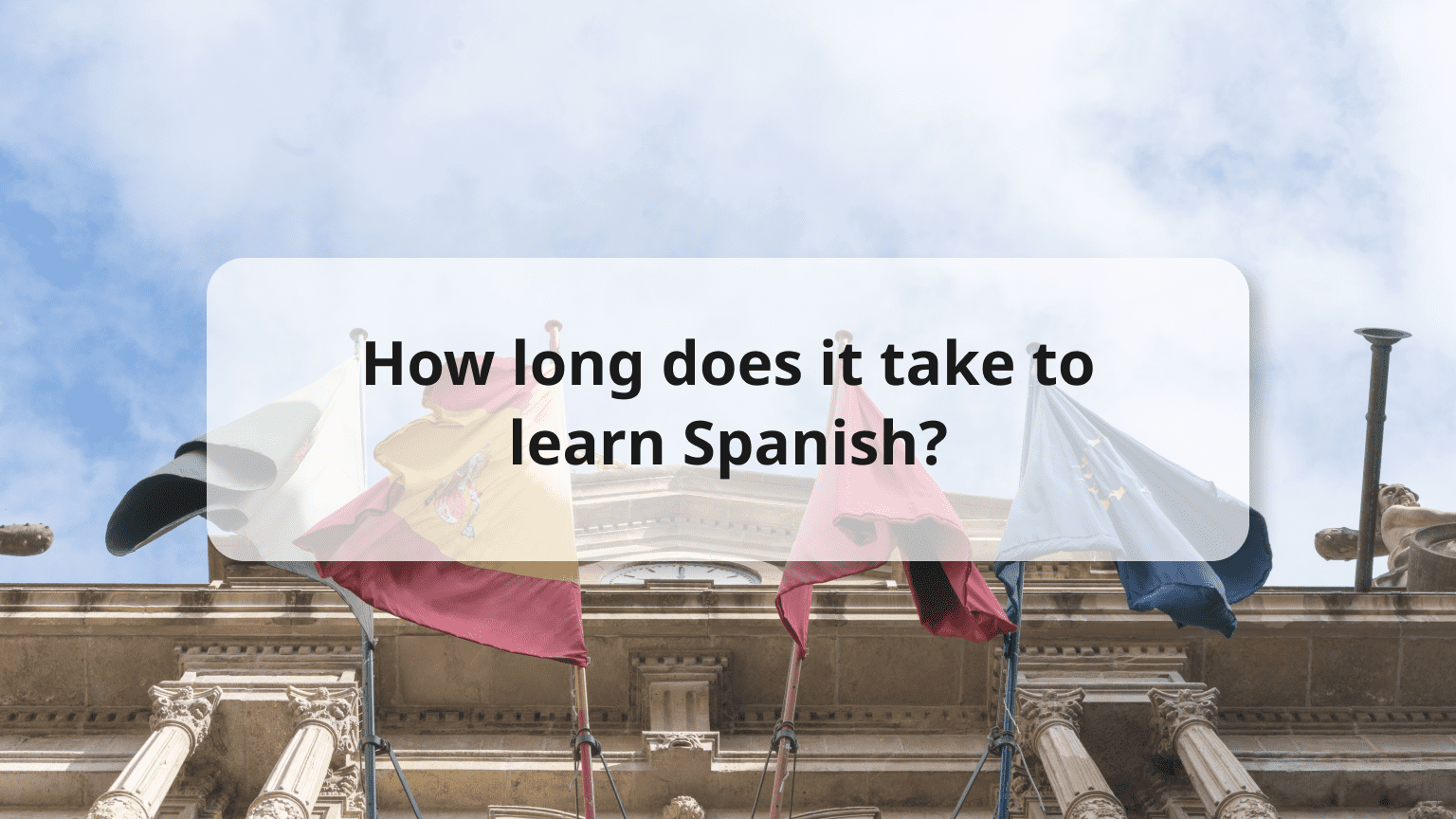Hello in Italian is a common phrase that is used by many people, both native speakers and learners of the language. In this article, we will explore the various ways to say “hello” in Italian, including formal and informal greetings, as well as cultural norms and etiquette associated with these phrases.
The Basic Italian Greeting: Ciao
When it comes to saying hello in Italian, the most common and versatile greeting is “ciao.” This informal salutation is used among friends, family, and acquaintances, and can be translated to both “hello” and “goodbye” depending on the context. To properly pronounce “ciao,” imagine a slight English “ch” sound followed by a “ow” as in “cow.” The emphasis should be placed on the “ow” sound. In addition to using “ciao” as a standalone greeting, you can also use it in combination with other phrases to add a touch of warmth and familiarity to your interactions. For example, you can say “ciao bella” to greet a female friend, or “ciao bello” to greet a male friend. These phrases literally mean “hello beautiful” and “hello handsome,” respectively, but are used more colloquially as friendly greetings.
Formal Italian Greetings: Buongiorno and Salve
In certain situations, it may be more appropriate to use a more formal Italian greeting. Here are two common options:
-
Buongiorno: This phrase means “good morning” and can be used to greet someone at any time between sunrise and noon. To properly pronounce “buongiorno,” say “bwon-johr-noh” with the emphasis on the first syllable. This greeting is commonly used in business and professional settings, as well as when meeting someone for the first time.
-
Salve: This word means “hello” and is a more formal alternative to “ciao.” To pronounce “salve,” say “sahl-vay” with the emphasis on the second syllable. This greeting is often used in written correspondence, such as emails or letters, and can also be used as a polite way to address someone you don’t know well.
When in doubt about which greeting to use, it’s always safe to stick with “ciao.” This versatile greeting can be used in a wide range of situations and is unlikely to offend anyone.
Other Ways to Say Hello in Italian
In addition to the greetings mentioned above, there are several other ways to say hello in Italian. Here are a few examples:
-
Come va? This phrase translates to “how are you?” and is a common way to greet someone and start a conversation. To pronounce “come va,” say “koh-meh vah” with the emphasis on the second syllable. This greeting is informal and can be used with friends, family, and acquaintances.
-
Buonasera: This phrase means “good evening” and is commonly used to greet someone between noon and sunset. To pronounce “buonasera,” say “bwon-ah-seh-rah” with the emphasis on the first syllable. This greeting is slightly more formal than “ciao” and is often used in social and professional settings.
-
Buona notte: This phrase means “good night” and is used to say goodbye before going to bed or when leaving someone’s home in the evening. To pronounce “buona notte,” say “bwon-ah noht-teh” with the emphasis on the first syllable. This greeting is more formal than “ciao” and is often used when saying goodbye to someone you don’t know well.
By learning these different ways to say hello in Italian, you can tailor your greetings to fit the situation and show respect for the person you’re interacting with.
Conclusion
In conclusion, saying “hello” in Italian is an essential part of learning the language and understanding its culture. Whether you are planning a trip to Italy or simply want to impress your Italian-speaking friends, mastering the art of Italian greetings is a valuable skill. We hope that this article has provided you with valuable insights and information, and that you will continue to explore and learn more about the Italian language and culture.
